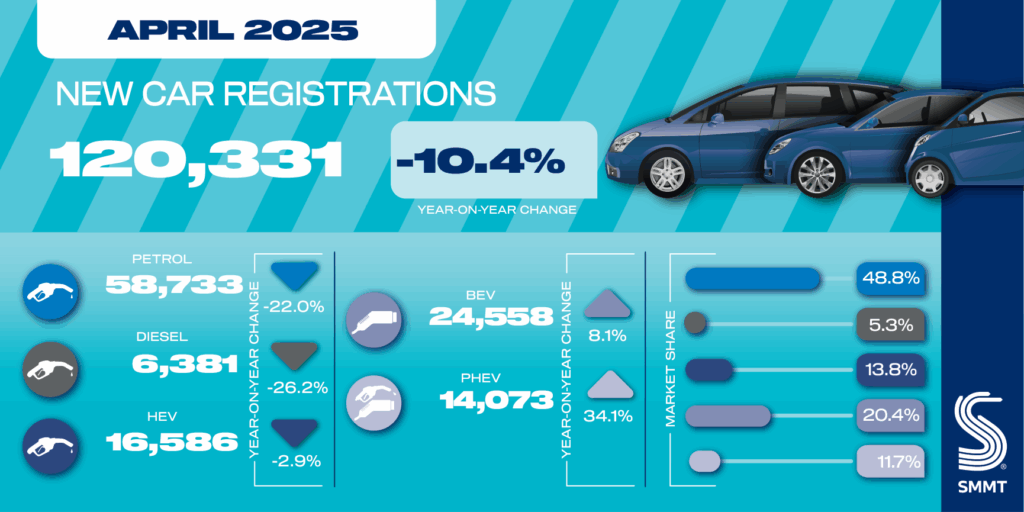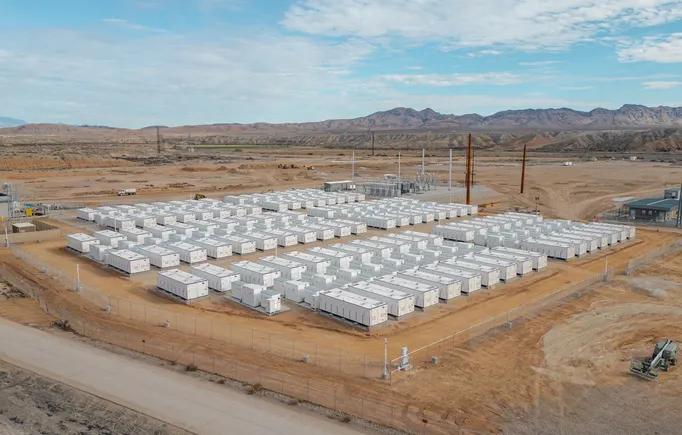How to Save for a House: 9 Steps to Reach Your Goal Faster
Learn how to save for a house in 9 easy steps. From budgeting and lowering expenses, these tips can help you save for a home as a first time homebuyer. The post How to Save for a House: 9 Steps to Reach Your Goal Faster appeared first on Redfin | Real Estate Tips for Home Buying, Selling & More.


One of the biggest hurdles of buying a home is saving up for one. From down payment to closing costs and moving expenses, it can be expensive to buy a home. If you’re just beginning to think about buying a house then you may need to take some time to save for a house.
In this Redfin article, we’ll outline how to save for a house in nine steps. Whether you’re buying a home in Cleveland, OH, or a condo in Richmond, VA, there are plenty of small and big ways to help you save for a house – and become a homeowner.

How much should you save for a house?
First, it’s important to determine how much house you can afford. How much you need to save for a house is going to vary depending on your finances, goals, and where you live. Before you start saving, it’s important to set a clear goal by considering these three major costs:
1. Down payment
The down payment is one of the biggest upfront costs when buying a home. While some loan programs allow down payments as low as 3%, saving more has long-term benefits.
- Lower monthly payments: The more you put down, the less you borrow, which reduces your monthly mortgage cost. Even increasing your down payment from 3% to 10% can lower your payment by a few hundred dollars per month.
- Avoid private mortgage insurance (PMI): If you put down 20% or more, you won’t have to pay PMI, which can add $100–$300 to your monthly mortgage.
- Better loan terms and interest rates: Lenders often offer better interest rates for buyers who make larger down payments, saving you thousands over the life of the loan.
If saving 20% isn’t realistic, putting down at least 5–10% can still provide meaningful long-term savings. The key is balancing buying sooner with a smaller down payment versus waiting to save more and reducing future costs.
2. Closing costs
Closing costs range anywhere from 2-5% of the home’s purchase price. These fees cover everything from the inspection and appraisal to insurance and lender fees. Some buyers can negotiate with sellers to cover part of these costs, but it’s best to plan ahead.
3. Moving and ongoing costs
Depending on how far you’re moving and how much you own, will determine how much it costs to move. Moving costs can range from $883 – $2,569, according to a 2025 study by Angi.com. Although long-distance moves can cost upwards of $10,000. You’ll also need savings for furniture, home maintenance, and an emergency fund to cover unexpected repairs.

9 strategies to save for a house
Saving for a house – or any large purchase – can be as simple as making small changes that pay off over time. Whether that’s updating your budget or changing your spending habits, there are plenty of strategies to help you save for a house.
1) Create a new budget
The first strategy to save for a house is to re-evaluate your budget and create a new one. Understanding what you’re spending money on each month can help you identify ways to cut back and how much you can realistically save. Here are some ways to start:
- Determine your take-home pay: Identify how much money you bring in each month, after taxes. This should include any income you and anyone else in your household contribute. Check this number against your credit card and bank statements to see what you’re spending each month.
- Set aside recurring payments: When you’re looking at credit card and bank statements, note any recurring payments you have. Include things like rent, car payments, internet bills, student loans, groceries, and other utilities. Now, look at how much you’re spending on non-essential items, like streaming services, restaurants, and additional purchases.
- See what expenses you cut out: After identifying your non-essential expenses, you can determine what to cut out – or cut back on. Maybe you have subscriptions to multiple streaming services and can cut down to just one. If you’re going out to eat multiple times a week, consider limiting it to once a week instead. Small changes like this can allow you to save more each month.
2) Open up a dedicated savings account
A dedicated savings account for your home fund makes it easier to track progress and avoid dipping into it for everyday expenses. Instead of keeping your savings in a standard account, consider a high-yield savings account (HYSA), which offers significantly better interest rates—some as high as 4%+ APY. Over time, this can add up to hundreds or even thousands of extra dollars toward your home.
To make the most of your savings:
- Choose a fee-free HYSA at an online bank or credit union, as they often provide better interest rates than traditional banks.
- Set up automatic transfers from your paycheck so you’re saving consistently without thinking about it.
- Keep this account separate from your daily spending to prevent accidental withdrawals.
If your current bank charges maintenance fees or offers low interest rates, it may be time to switch. A well-managed savings account can help you reach your goal faster with little extra effort.
3) Keep your expenses low
Now that you’ve taken a look at your budget, determine how you can keep your expenses low. It doesn’t mean cutting out every non-essential expense, but more like curbing future expenses and determining what expenses you can live without.
For example, if you’re considering buying or leasing a new car, think about how much those monthly payments will prevent you from saving. Can you continue to drive the car you have? Or can you buy a used car or take public transportation?
Small changes can also add up to large savings. Consider reducing your utility bills by setting your thermostat lower or higher, buying secondhand items rather than new ones, or meal-prepping versus going out to eat.

4) Increase your income
Working more may seem daunting, and asking for a raise is a lofty goal—but remember, your big-picture plan is to save for a house. Having more income can make a major impact on your ability to save, compared with other smaller changes. Perhaps there are overtime opportunities at your current job. Ask for more hours or see if you can work shifts for co-workers.
If a raise or promotion is possible, advocate for yourself and take that next step. If you’re not sure how promotions work at your company, ask your manager, a coworker, or HR. Reach out to others in your field or potential mentors who can give you advice. If you succeed, celebrate (with a small reward) and then put as much of your new income as you can toward saving for a house.
5) Sell assets you don’t need or use
You may be thinking you don’t really own anything of particular value to sell. But if you have two vehicles, ask yourself whether you only drive one the majority of the time. Consider selling the other car and putting the money toward a home.
You can also look around for personal items you no longer use and sell them. Examples include forgotten hobbies like sports equipment or musical instruments, clothing, jewelry, or small appliances. If you haven’t used these items recently it’s likely that you won’t in the future.
6) Avoid major expenses before buying
If you’re serious about saving, consider delaying large purchases until after you buy a home. Big financial commitments can drain your savings and impact your ability to qualify for a mortgage.
- Hold off on buying a new car—a car loan increases your debt-to-income ratio, which lenders consider when approving your mortgage. Even a lease adds to your monthly obligations.
- Reduce vacation costs—while travel is great, opting for budget-friendly trips or staycations can free up extra savings for your down payment.
- Avoid financing new furniture or electronics—it’s tempting to upgrade before moving, but waiting until after closing can keep your savings on track.
If a purchase isn’t essential, it’s best to wait. Every dollar saved now means more flexibility when it’s time to buy your home.
7) Schedule all of your bill payments
It’s possible to set up automatic payments for just about any of your expenses. Most banks will let you do this on their site or app for free. This can help you keep your bills paid on time and eliminate extra fees for interest or late payments.
Before you schedule a payment, though, make sure you understand your bill. Are there any unfamiliar charges on it? Are you paying only for what you need? For instance, cell phone companies are notorious for adding extra surcharges. They may waive the charge if you request it, but if not, the fees keep going up.
Make sure you also review your monthly credit card statements for any strange charges, even if you pay the bill automatically. And if you’re paying for cable or other services you don’t use, cancel them.

8) Reduce your debts
It may seem counterintuitive to pay off some of your debts rather than saving it. However, lenders look at your debt-to-income ratio (DTI) as part of the mortgage approval process. DTI is the ratio of debts to you to income you make. If you have a high DTI it can impact your ability to qualify for certain mortgage loans and get favorable loan terms.
For example, you may need to pay a higher down payment or pay more interest over time. Therefore, spending time reducing your debts can help lower your DTI – and get you better loan terms. Some debts you may want to consider paying down include student loans, credit cards, and auto or personal loans.
9) Shop smart
Some ways to shop smarter include buying certain items only when they’re on sale, using coupons, or buying generic brands. It’s likely you’re paying more for brand names than a genetic or in-store brand. Making swaps to different brands can help you cut costs without changing too much of your day-to-day life.
Add up the potential savings from all of these strategies, and you may find more than you expected. With some conscious changes to your habits, it’s only a matter of time before you’ve saved enough money to buy your first home.
What are the benefits of saving for a house?
There are benefits of saving more for a down payment – even if it means waiting a bit longer to buy a home. Here are some of the advantages:
- Better loan terms: A larger down payment can signal to lenders that you’re a better candidate, so they may offer you better loan terms or a lower interest rate.
- Lower monthly payments: The more you put down on a home, the less your monthly mortgage payments will be.
- No private mortgage insurance (PMI): If you have a 20% down payment, you won’t need to pay PMI. Anything less than 20% down means you’ll need to pay for PMI.
- More immediate home equity: The more you put toward your down payment, the more home equity you’ll have after closing.
- Have enough cash to close: You’ll have money available for closing costs, which are the fees and taxes you pay when the home becomes yours.
- Funds for emergencies: An emergency fund for home maintenance repairs or other surprise expenses looks good on your loan application and is always a smart move.
FAQs about saving for a house
How long does it take to save for a house?
Your timeline will vary depending on how much you need to save, your current savings, and whether you need to pay down your debt first.
When should I start saving for a house?
If you need to pay down debts, consider starting there first. You can also start saving little bits before setting aside large savings.
What are down payment assistance programs?
Down payment assistance programs are loans and grants that help potential homebuyers reduce the cost of their down payment or closing costs. Programs are available at local, state, and national levels, so there are plenty of options you may qualify for.
Where should I put my savings?
Any savings account will work, but some offer better interest rates than others. These are high-yield savings accounts and money market accounts. Certificates of deposit (CDs) lock your money away for a certain amount of time, so unless you’re planning to wait a year or more to buy a home, a CD isn’t the best option.
The post How to Save for a House: 9 Steps to Reach Your Goal Faster appeared first on Redfin | Real Estate Tips for Home Buying, Selling & More.
























































































































































